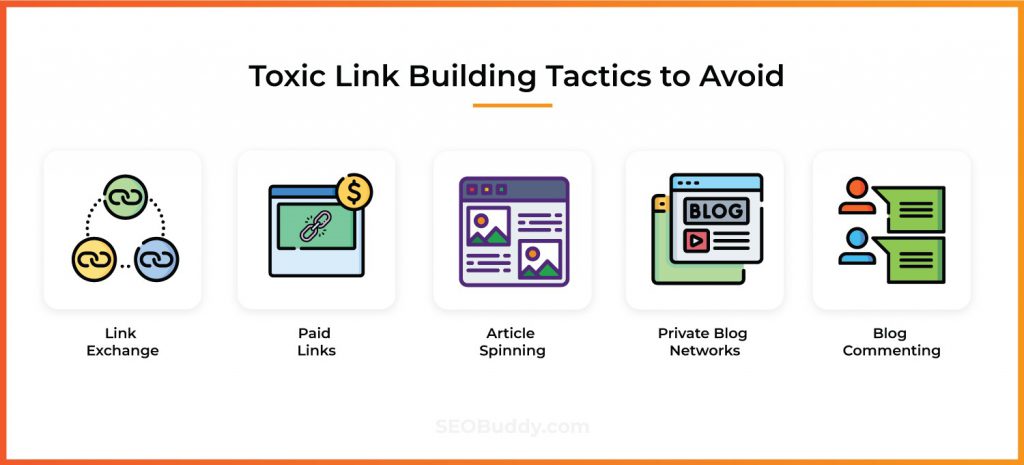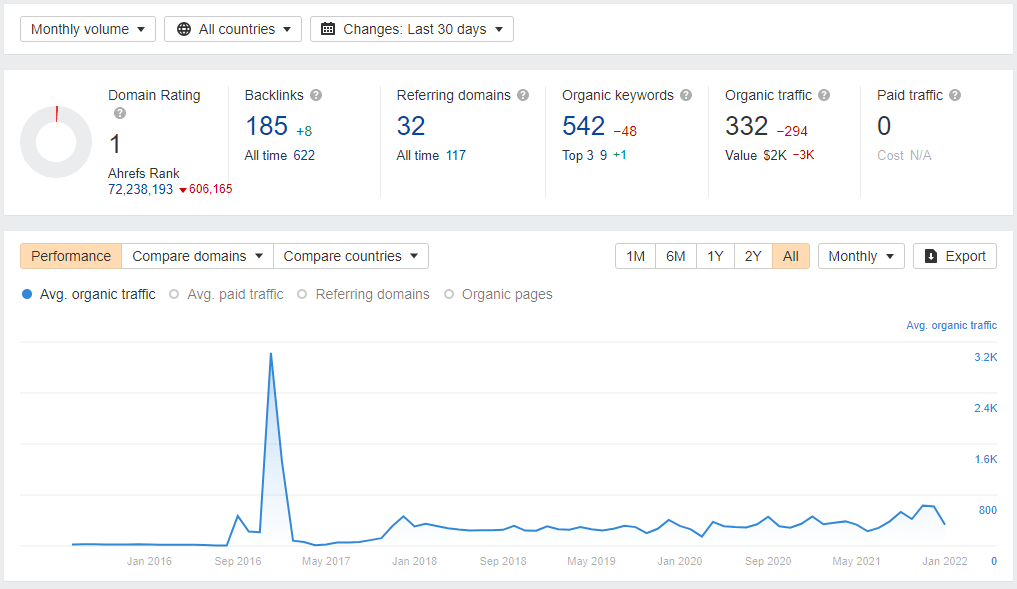All Categories
Featured
Table of Contents
- – What Is The Top Semantic Seo For Beginners Pro...
- – How To Choose The Top Semantic Seo Platform
- – What Is The Most Recommended Semantic Seo Exa...
- – What Are The Leading Semantic Search Algorith...
- – The Leading Semantic Seo Tutorials?
- – How Do I Choose A Semantic Search Ranking Im...
- – What Is The Most Reliable Tools For Semantic...
The web is altering, coming to be a growing number of semantic. Search engine optimization is additionally changing and coming to be extra semantic. This is due to the fact that search engines have actually advanced and are relocating a growing number of in the direction of reading web content on the web. Of course, that has likewise changed the means we create content, especially if we desire to place much better in the online search engine.
Intertwingularity is not usually acknowledged, people keep claiming they can make points deeply ordered, categorizable and sequential when they can't. Based on the connections between search purposes, the search engine likes a web content in placing by computing the range in between the vectors of meaning.
It permits you to see, beginning with a subject, all the entities that belong to that topic. In this manner you can clearly see which entities/concepts/ideas have currently been covered on your web site, and you can discover new chances by comprehending what web content you can include and how to develop it.
What Is The Top Semantic Seo For Beginners Program?
It has the ability to make your material understandable for internet search engine on the one hand and for your audience on the various other. Structuring your content model highlights your content and its underlying partnerships so that online search engine can recognize you amongst hundreds of items of info, making you much more noticeable to customers who satisfy the search intent relevant to your organization.
In semantic search engine optimization copywriting, an editor begins with a broader series of topics and customizes the web content to include semantically appropriate terms and expressions that assist viewers recognize a subject, similar to reviewing web content in a wiki. From a web content creating viewpoint, one practical way to do this is to produce a vocabulary of terms and concerns surrounding your target subject.
How To Choose The Top Semantic Seo Platform
Find out more concerning by enjoying the by!.

Semantic search refers to the process of just how online search engine comprehend and match key words to a searcher's intent in organic search outcomes. Prior to semantic search, search engines like Google operated like matchmakersaligning details words in your question with those specific words on webpages. The outcomes were simple but typically did not have deepness.
What Is The Most Recommended Semantic Seo Examples Service For The Money
It makes it possible for Google to supply fast, precise answers to look questions regarding real-world topics. When you kind a question word into Google, you're not just getting in a series of words. You tap right into a complex web of significances and connections. Google's Expertise Graph sees these words as entities with context and partnerships.
When you search for "Apple," Google doesn't simply see a word that describes a fruit. It identifies Apple as a company and can offer associated details. It was Google's response to the surge of voice searches, where questions came to be much more conversational and nuanced.
What Are The Leading Semantic Search Algorithms Companies?
By incorporating NLP, Hummingbird permitted Google to move beyond mere keyword matching. It helped the search engine comprehend search intent, increasing the odds that results would precisely match the factor behind a user's search.
RankBrain is an artificial intelligence system that assists Google interpret questions it hasn't seen before. It can make guesses regarding words and expressions it does not recognize and filter results appropriately. Making it much more reliable at handling never-before-seen search questions. RankBrain takes into consideration more than just key phrases when analyzing a search inquiry.
It fetches outcomes that match the keyword phrases and straighten with the overall intent of giving pup training suggestions. And if the user regularly browses for dog-related content, Google may prioritize extra comprehensive training guidesrecognizing the individual's recurring passion in the subject. Combining technologies like the Knowledge Chart, Hummingbird, and RankBrain, semantic search aids the Google formula interpret and link data across a vast internet of details.
The Leading Semantic Seo Tutorials?
The emphasis changes from keyword option to an all natural technique including individual intent, topical relevance, and total customer experience. Developing web content that deals with the searcher's needs with comprehensive details can boost your SERP rankings.
A wider approach to material aligns much better with semantic search's change away from specific keyword matching and toward customer intent. Content that covers search inquiries much more extensively not just pleases users.
And 5 times more than sites that take 10 seconds to tons. While technological search engine optimization ensures optimal web site efficiency and availability, concentrating on individual experience (UX) takes it a step further. UX intends to create a visually enticing, straightforward interface with engaging, high quality material that motivates visitors to stay. Semantic search modern technology allows online search engine to intend for results that supply the most effective feasible UX.
How Do I Choose A Semantic Search Ranking Improvements Service?

All showcase Google's capability to deal with a subject question thoroughly. By understanding the context and intent behind user queries, search engines can provide a lot more appropriate information and possibly raise user interaction. Personalization in search engine result produces better UX.Based on your past search background and choices as a customer, semantic search helps internet search engine customize the results to match your one-of-a-kind demands and interests.
It fetches results that match the keyword phrases and line up with the total intent of supplying pup training recommendations. And if the customer regularly searches for dog-related web content, Google may focus on a lot more in-depth training guidesrecognizing the user's recurring rate of interest in the subject. Integrating modern technologies like the Knowledge Graph, Hummingbird, and RankBrain, semantic search aids the Google formula translate and connect information throughout a vast internet of details.
What Is The Most Reliable Tools For Semantic Seo?
The emphasis changes from keyword option to a holistic approach encompassing customer intent, topical relevance, and total user experience. Producing web content that attends to the searcher's requirements with detailed information can boost your SERP rankings. Listed below, we detail the trends and techniques that combine the need for semantically notified material. Later, we offer workable pointers to transform these understandings into ideal methods.

A more comprehensive strategy to material aligns much better with semantic search's shift away from precise keyword matching and towards user intent. Material that covers search queries more completely not only pleases individuals.
UX intends to create an aesthetically enticing, easy to use interface with appealing, quality material that urges visitors to stay. Semantic search technology enables search engines to aim for results that offer the best feasible UX.
All showcase Google's capacity to attend to a subject question comprehensively. By comprehending the context and intent behind individual queries, search engines can deliver much more appropriate details and potentially increase customer involvement. Personalization in search engine result produces better UX.Based on your previous search background and preferences as an individual, semantic search assists online search engine tailor the results to fit your unique needs and interests.
Table of Contents
- – What Is The Top Semantic Seo For Beginners Pro...
- – How To Choose The Top Semantic Seo Platform
- – What Is The Most Recommended Semantic Seo Exa...
- – What Are The Leading Semantic Search Algorith...
- – The Leading Semantic Seo Tutorials?
- – How Do I Choose A Semantic Search Ranking Im...
- – What Is The Most Reliable Tools For Semantic...
Latest Posts
What's The Leading Tools For Semantic Seo On The Market
What Is The Most Popular Semantic Search Engines Deal Right Now
What's The Top Semantic Search Engine Results Pages (Serps)
More
Latest Posts
What's The Leading Tools For Semantic Seo On The Market
What Is The Most Popular Semantic Search Engines Deal Right Now
What's The Top Semantic Search Engine Results Pages (Serps)